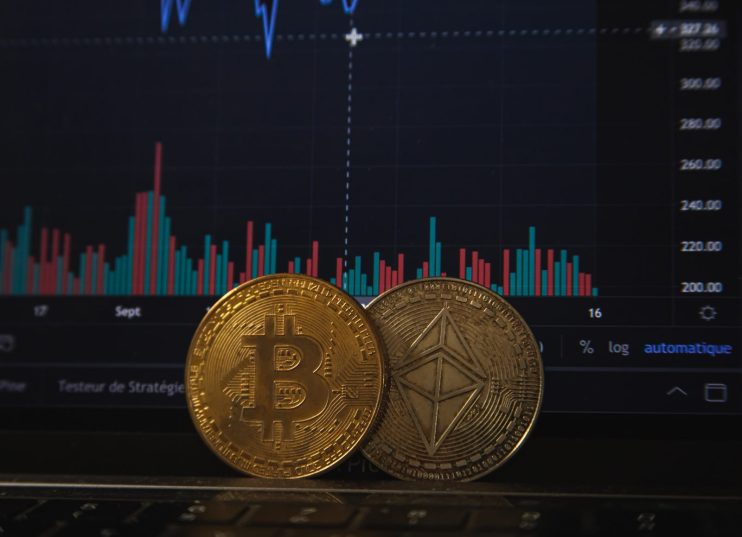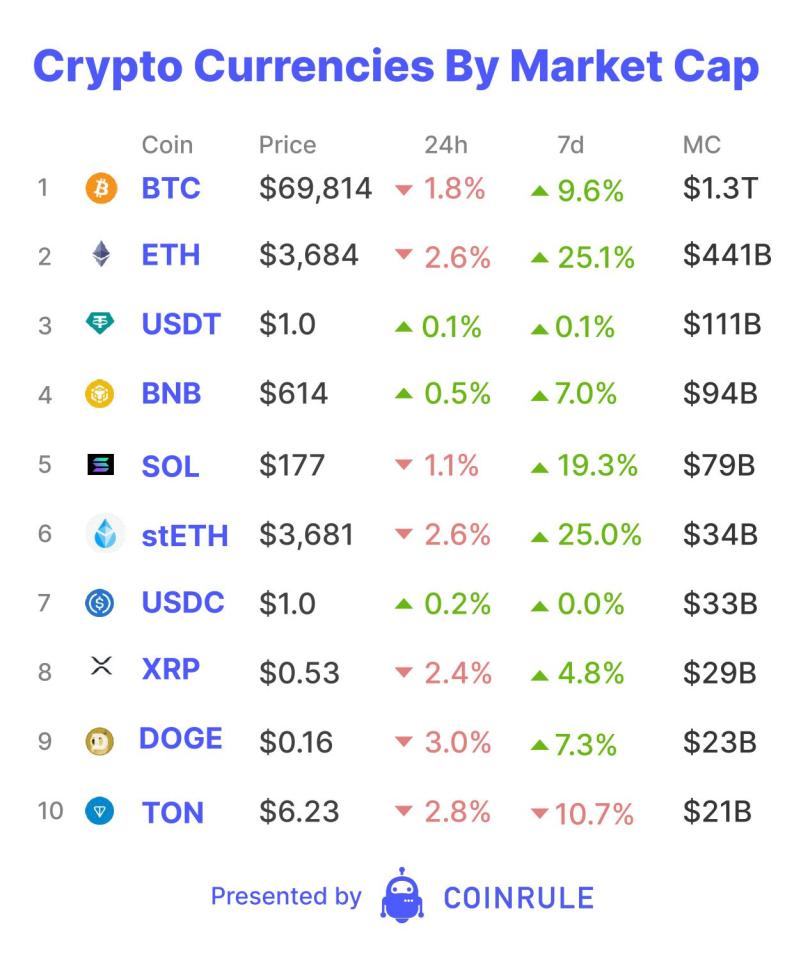FCA approves London Stock Exchange launch of Bitcoin and Ethereum ETPs

Each day, Coinrule will run through the state of the digital assets market for Blockbeat, your home for news, analysis, opinion and commentary on blockchain and digital assets.
As approval of a US spot Ethereum ETF edges closer, the UK’s Financial Conduct Authority has also given the go-ahead for WisdomTree Funds to launch their own Bitcoin and Ethereum physically-backed Exchange Traded Product (ETP) on the London Stock Exchange. Trading for the new crypto products will begin on 28th May. However, for now the FCA’s crypto ban for retail remains in place. So, with Ethereum and Bitcoin’s accessibility opening up for new crypto ETF buyers, will they choose Bitcoin or Ethereum?
Potentially for Environmental, Social and Governance (ESG) focused investors, Ethereum may be the go-to choice. According to the Cambridge Centre for Alternative Finance, the estimated annual energy consumption for Bitcoin in 2024 is around 176 TWh. This is approximately 68,000x higher than Ethereum’s 0.0026 TWh thanks to Ethereum’s 2022 transition to proof-of-stake.
Ironically, Ethereum is also considered “Digital Oil,” compared to Bitcoin’s “Digital Gold.” This is due to it being the foundation of decentralised finance (DeFi). It serves as the foundation where protocols are built, and its native currency, Ether, is used to transfer value while paying for goods and services. Compared to Bitcoin, Ethereum’s usage as a Layer 1 is significantly higher. According to DefiLlama, developers have built 1067 protocols on top of Ethereum, holding over $64 billion in value. This compares to Bitcoin’s 18 protocols with only $1.1 billion.

Ethereum also generates significantly higher revenues, which it redistributes to stakers and burns to mitigate inflation. Over the past week, Ethereum captured nearly $28 million in fees, compared to Bitcoin’s $10 million. For Bitcoin, miners use these fees to cover the high costs of enabling transactions, typically selling them. Ethereum also pays fees to validators who enable transactions, but they incur significantly lower costs. This leads to there being significantly less selling pressure from validators.
In both cases, miners and validators also receive newly minted tokens. When the Bitcoin ETFs launched pre-halving, mining created around 900 new Bitcoin on a daily basis. At $50,000 per Bitcoin that was $45 million. However, according to ultrasound.money, including the burning mechanism, Ethereum currently only issues around 1,700 Ether daily, or around $6.5 million. Therefore, if the market retains its bullish appetite, Ethereum ETF inflows may only have to be around 15% of Bitcoin’s to see similar price action post-launch. After Bitcoin’s ETF launch, its price increased by 60% in the two months after ETFs began trading. Total Bitcoin ETF inflows passed $11 billion during this period. At 15% of this, Ethereum would only need $1.7 billion of inflows for the same price effect. With Standard Chartered Bank estimating $15-45 billion of Ethereum ETF inflows within their first year, could Ethereum finally break all-time highs and enter price discovery once again?